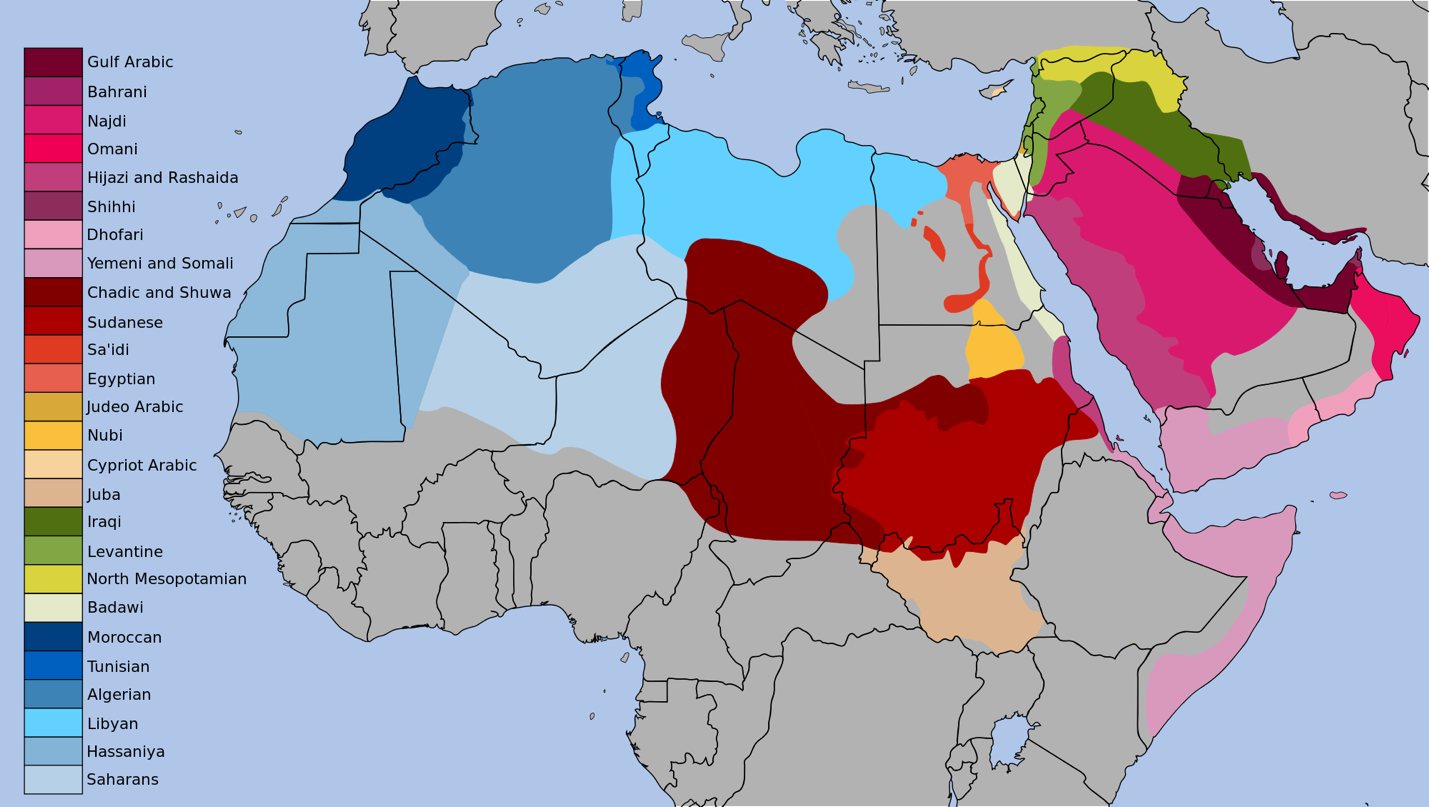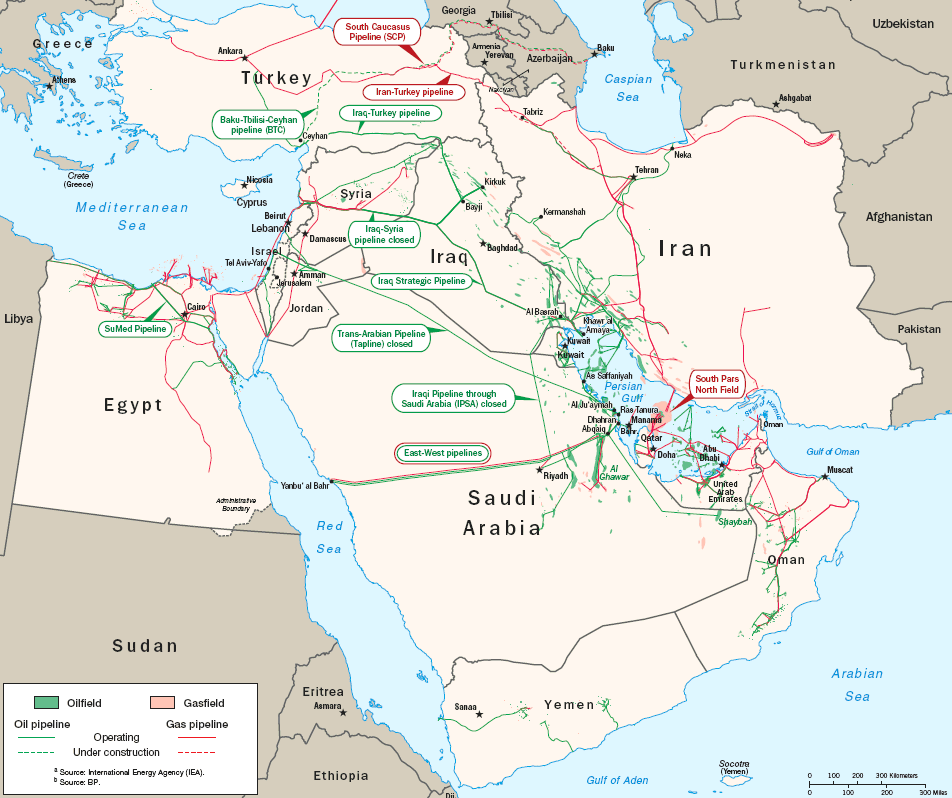Introduction
The Middle East is a diverse region, and this statement can be supported by many provisions. They are basically related to major events in all spheres of life, such as cultural, ethnic, religious, and political, and can be examined separately for determining their informative power for analysis. From this perspective, diversity can be summarized as a combination of the mentioned factors, affecting the varying positions of its countries.
Cultural Differences
Cultural differences in the Middle East are primarily reflected by the languages and, more specifically, the existence of their numerous dialects in the area. For example, according to Fisher (2015), the speech of residents of the region is not only diverse but also does not necessarily correlate with political borders. Map 12 allows to clearly see their variety, thereby supporting this conclusion (Fisher, 2015). This standpoint is also verified by scholars, who emphasize the need for developing online filters to determine where online messages in Arabic are originally from (Abdelali et al., 2021). In this way, even within a single language, diversity is established.

Ethnic Differences
Ethnic diversity in the examined region is mainly confirmed by the fact that many nationalities inhabit the area. According to Fisher (2015) and Map 14 in particular, they include Arabs, Jews, Turks, Persians, Afghans, and Kurds, and the presence of conflicting interests is determined by this factor. For instance, Kurds are known to have more problems due to the lack of their own territory, and the selected piece of evidence supports the above example by providing actual reasons for the challenge (Fisher, 2015). Researchers also state that international businesses are affected by the lack of balance between the needs of ethnic groups (Salloum et al., 2019). From this perspective, diversity is attributed to all populations of the Middle East.

Religious Differences
Religious differences in the Middle East are shown by the existence of various groups, distinguished by their beliefs. For example, Fisher (2015) states in Map 21 that in Syria, alongside Judaism and Christianity, there are Sunni Muslims, Shias, and Druze as other faiths. This image supports this provision as it debunks the myth of these inhabitants’ principal belonging to major religions (Fisher, 2015). Scholars also claim that in conflicts, no belief gains more influence than the others regardless of the number of followers (Gurses & Ozturk, 2020). Therefore, the above example explains the diversity of the region in terms of religion.

Political Differences
The political situation is presented by the varying accessibility of resources, such as oil and gas. For instance, as follows from Map 32, they are mostly concentrated in Iran, Iraq, and Saudi Arabia, which have many conflicts and, therefore, do not act efficiently in exporting them (Fisher, 2015). This example supports the standpoint that complications in the historical development of the region are directly linked to its relative favorability of position. Indeed, the fight for power is explicitly highlighted by researchers, striving to explain the progress of this area on the world arena (RANE, 2013). Hence, political diversity is an outcome of the mentioned factors, determining benefits and drawbacks regarding the location of resources.

Conclusion
To summarize, the above examples demonstrate that the population of the Middle East is diverse in many ways. They face numerous difficulties of cultural, ethnic, political, and religious nature, which means that the obstacles to general wellbeing of the population are their varying views. In addition, historical struggles and economic interests are added to these challenges, and their resolution depends on the capability of leaders to find a compromise.
References
Abdelali, A., Mubarak, H., Samih, Y., Hassan, S., & Darwish, K. (2021). QADI: Arabic dialect identification in the wild.Proceedings of the Sixth Arabic Natural Language Processing Workshop, 1-10. Web.
Fisher, M. (2015). 40 maps that explain the Middle East. Vox. Web.
Gurses, M., & Ozturk, A. E. (2020). Religion and armed conflict: Evidence from the Kurdish conflict in Turkey. Journal for the Scientific Study of Religion, 59(2), 327-340.
RANE. (2013). George Friedman and Robert D. Kaplan on the rise of sectarianism in the Middle East [Video]. YouTube. Web.
Salloum, C., Jabbour, G., & Mercier‐Suissa, C. (2019). Democracy across gender diversity and ethnicity of Middle Eastern SMEs: How does performance differ? Journal of Small Business Management, 57(1), 255-267.